Nakayama is in between Narita And Haneda International Airport
<クッキーについての同意並び欧州居住者向けプライバシーポリシー>
中山・下総・散歩道
Kazura no I Well | the well related to Kafu Nagai
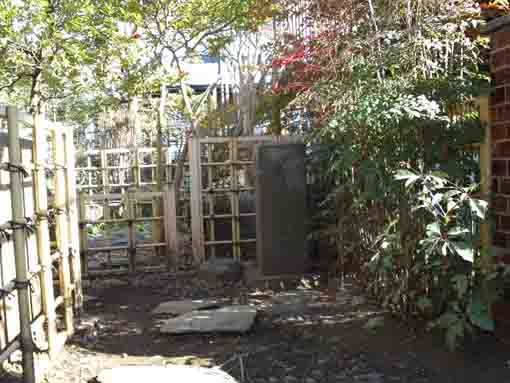
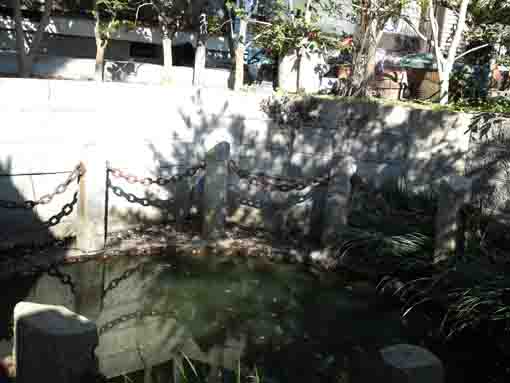
Kazura no I is a well is in a residential area in the western Funabashi City. There is a stone tablet scribing the name of the well under a large zelkova tree. Kazura no I Well is preserved since it is a municipal cultural asset of Funabashi City since it shows that this area has rich fresh water called 'Katsushika Yusui Gun (natural springs in Katsushika)', so Katsushika had rich water that Katsumata no Ike Pond on the south of the well appeared on the Myriad Leaves. And Futago Fuji no Ike Pond and Futagoura no Ike Pond in the area are also preserved. January 26th of 1947, a famous writer Kafu Nagai found the stone tablet in a bush, after that he visited it a few times and introduced it in his essay. And some guide books published in Edo period such as Katsushika Shiryaku and Edo Meisho Zue introduced it, and Edo Meisho Zue called it 'Kuzu no I' that was a washbasin of Katsushika Junja Shrine. Why don't you visit Kazura no I Well?
Kazura no I Well
Kazura no I Well
A Municipl Cultural Asset and a Historic SiteDesignated in March 17th of 1965
Adminstrated by Kazura no I Hozonkai (the committee to preserve Kazura no I Well)
Kazura no I Well
Kazura no I Well along Kosaku Road in Kurihara Hongo Village (the old name of this area) was to be the washbasin of Katsushika Jinja Shrine. The well has a diameter of 180 centimeters and it is reinforced with concrete now. Old sayings tell that the water in the well would connect to the Palace of the Dragon King. And it could not be dried up in any terrible drought. Moreover, it has been said that people having agues could be well if they drank the water in the well.
There is a stone tablet in front of the well, it was built in 1812 and Soshiro, a manager of Hongo Village, asked a famous artist Nanpo Ota Shokusanjin to write some sentences on the on the stone tablet. A year after that,this stone tablet and the sentences were introduced by Kindai Suzuki in his book 'Katsushika Zushi Taguribune'. And Edo Meizho Zue, a guide book of Edo, published in 1836, it was introduced in a picture in the articleof Katsushika Jinja Shrine and it is called 'Kuzu no I'.
After that, it had not been written in any articles until Kafu Nagai, a famous writer, introduced it in his essay 'Katsushika Miyage (the souvenirs from Katsushika)' and it became famous again.
The Sentences on the stone tablet at Kazura no I Well
| 下総勝鹿 郷隷栗原 | It is in Kurihara-go, Katsushika, Shimousa. |
| 神祀瓊杵 地出禮泉 | It dedicates Ninigi no Mikoto, and the holly water springs out. |
| 豊姫所聲 神龍之淵 | People could hear the Princess Toyo's voice, it is the deep water that the Dragon lives. |
| 大旱不凋 湛乎維圓 | The well could have never dried up even in any terrible drought, it could be round so long. |
| 名曰葛羅 不絶綿々 | It is called Kazura, it would be forever. |
Selected by Nanpo Ota.
Built in March 1813
Soshiro, the manager of Hongo Village
Funabashi-shi Board of Education
葛羅の井前案内板より
出典・抜粋・引用および参考
葛羅の井前案内板
船橋市ホームページ
二子浦の池前案内板
二子藤の池前案内板
新版 断腸亭日乗 第六巻 岩波書店
新訂 江戸名所図会6 ちくま学芸文庫
房総叢書 : 紀元二千六百年記念. 第6卷葛飾誌略
The Map and Access to Kazura no I Well
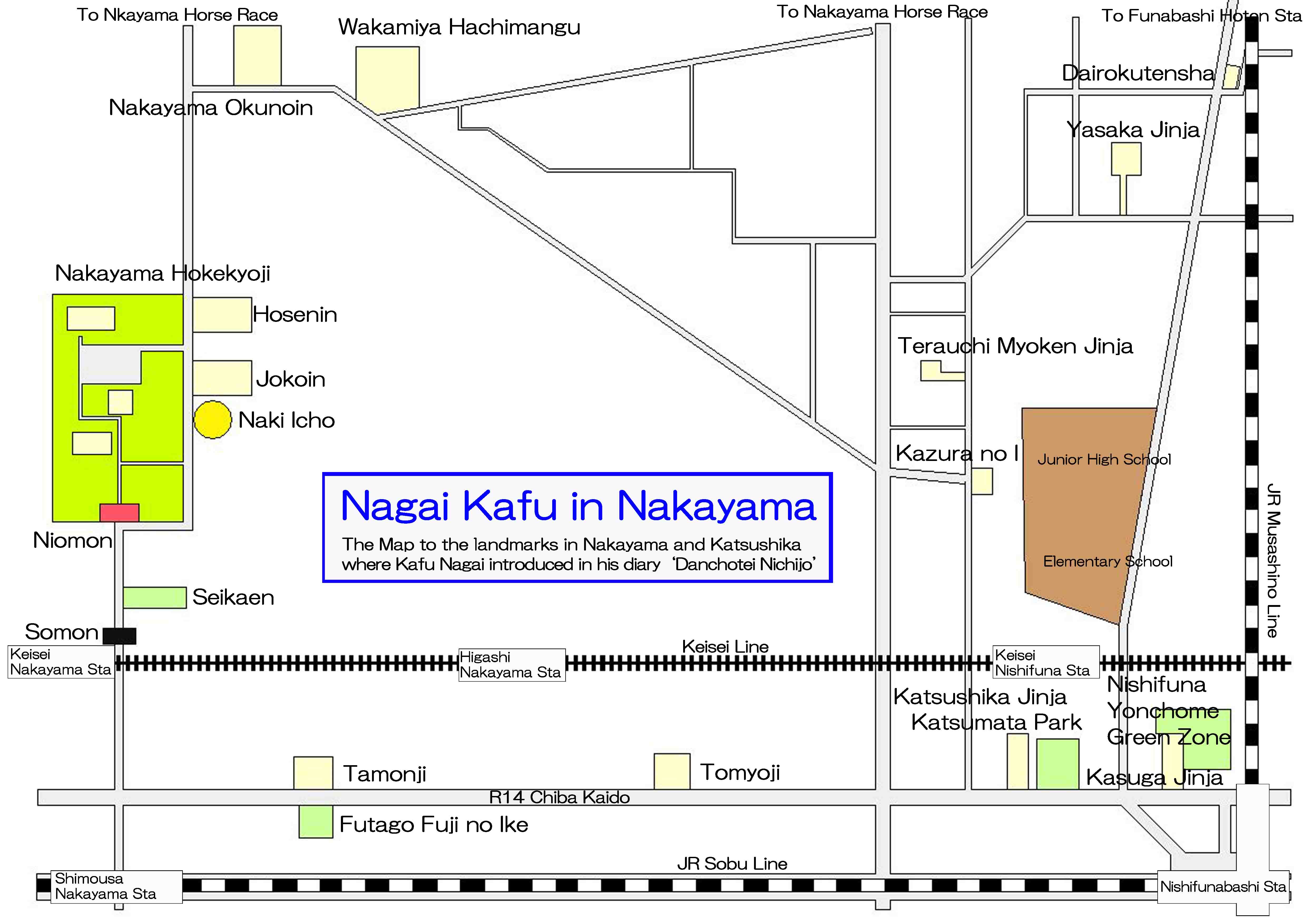
The map to the landmarks where Kafu Nagai introduced in his book
PDF of the map of the noted spots where Kafu Nagai visitedKazura no I Well
- Kazura no I Well has great accessibilities from both Narita and Haneda International Airport.
- From Narita International Airport, take Keisei-line and get off Keisei Nishifuna Sta or Higashi Nakayama Sta, take minimally 40 minutes from Narita Airport. And also take JR Sobu express line, transfer the line at Funabashi to Sobu Local line, get off Nishi Funabashi Sta.
- From Haneda International Airport, take Keikyu-line bound to Narita, and get off Keisei Nishifuna Sta or Higashi Nakayama Sta.
- From Tokyo Sta, take Sobu Express line bound to Chiba or Narita, transfer the line to Sobu-Local line bound to Chiba, Tsudanuma, or Nishi Funabashi at Ichikawa Sta, get off Nishi Funabashi Sta.
- From Akihabara Sta, take Sobu line bound to Chiba, get off Nishi Funabashi Sta.
- Take 5 minute walk from Keisei Nishifuna Sta, take 7 minute walk from Higashi Nakayama Sta, and take 13 minute walk from Nishi Funabashi Sta.
- 6-4-5 Nishifuna, Funabashi-shi, Chiba-ken
The Landmarks Neighbor Of Kazura no I Well
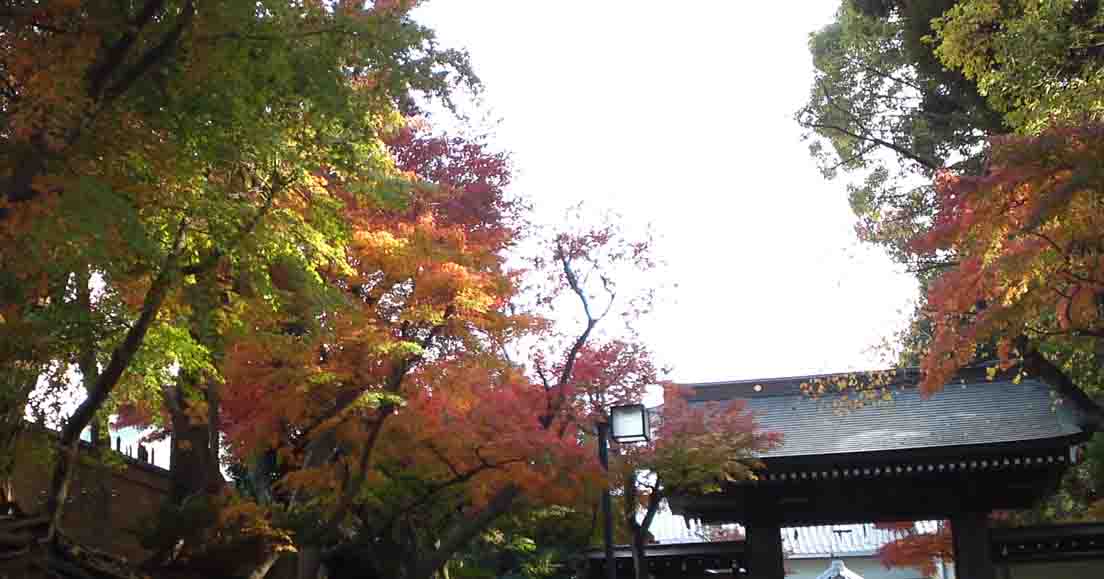
Tacchue Temples and the Branch Temples in Nakayama Hokekyoji
Some of the tacchu temples are introduced in this page.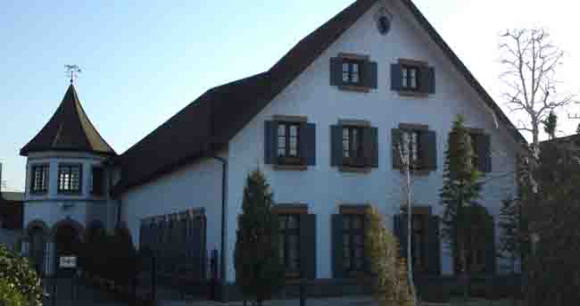
Higashiyama Kaii Memorial Hall
This small gallary has wonderful works of the great painter Kaii Higashiyama lived in Nakayama.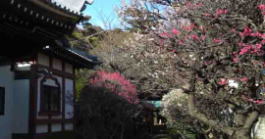
Nakayama Oku-no-in
Nichiren had preached first time at the Oku-no-in. Later, Jonin Toki built a temple named 'Hokke-ji'. There are several ume trees blooming beautiful ume blossoms in spring silently.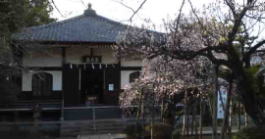
Onju-in Temple
Onjuin Temple is famous for the temple to deliver the Nichiren Sect's traditional style of ascetic practices. Tokugawa, Maeda and many people faithfully has believed for ages.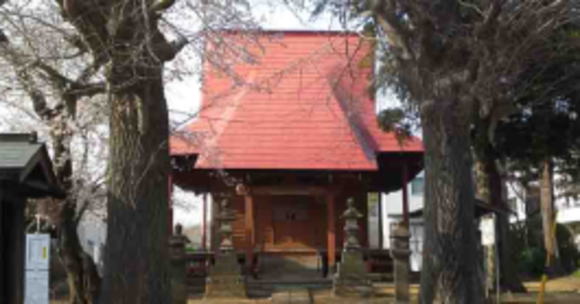
Fujiwara Kannondo Hall
Fujiwara Kannondo Hall has the legend of the great swordsman Mushashi Miyamoto, sometimes it was his hideaway.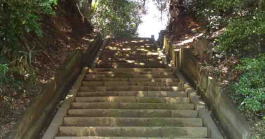
Shogyoji Temple
It preserves the seated statue of Nichiren and Yosobei Kajikawa's mementoes. It also has the side story of The Forty-Seven Ronins.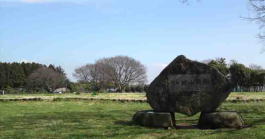
Ubayama Shell Mound
This shell mound designated as the National Historic Site and was formed from middle to late Jomon period.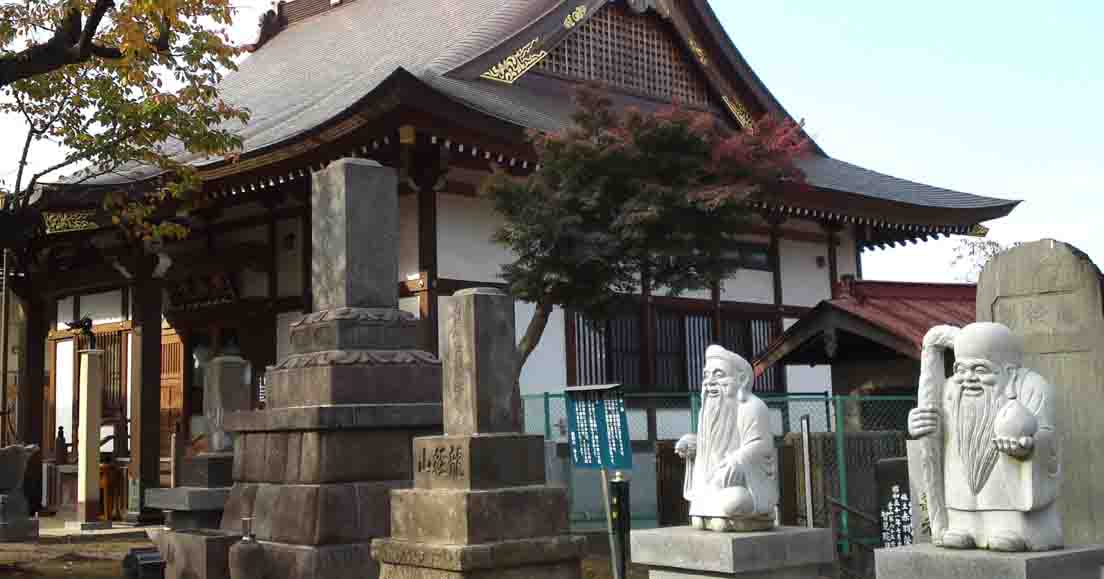
Ryukyosan Myoshoji Temple
The sacred temple covered with holy cherry trees is famous for the legend of Seven Sutra Mound and Shichifukujin in Ichikawa.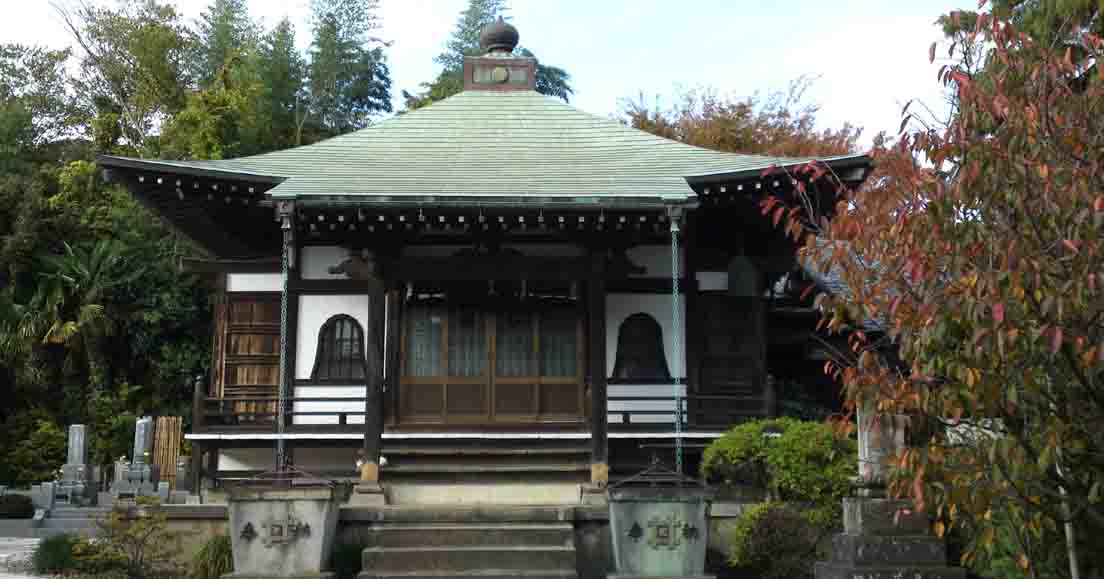
Homensan Anrakuji Temple
The first nunnery of Nichiren Sect built by the Princess Tokiwai, the legend said ther daughter of the Emperor drifted to Ichikawa.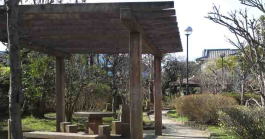
Seikaen Garden
A peaceful place to rest on the way to Nakayama Hokekyoji Temple is Seikaen. It has the branch office of the city hall.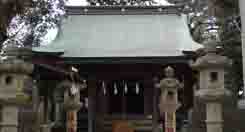
Awa Jinja Shrine
It has the legend of the young samurai Hirotsugu Satomi.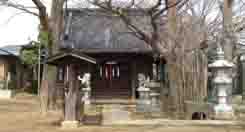
Takaishigami Jinja Shrine
The shrine related to the battles of Konodai in Sengoku Period.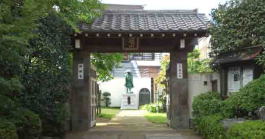
Shinmeisha Shrine and Shinmeiji Temple
They have their long history and the legend of Oguri Hangan.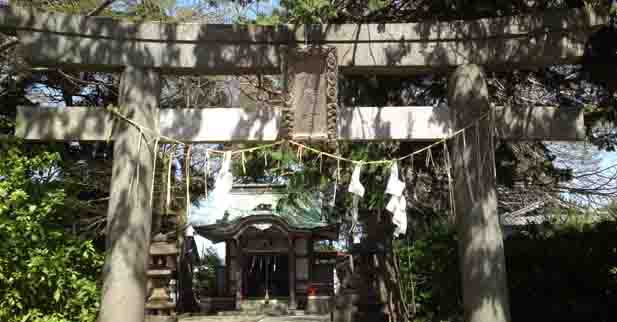
Wakamiya Hachimangu Shrine
A small shrine relates to the Founder Nichiren, Nichijo and the Prince Yamato Takeru.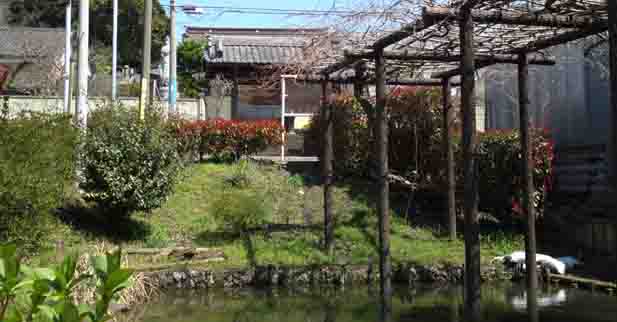
Tamonin Temple and the Futago Fuji Pond
They are related to the Founder Nichiren.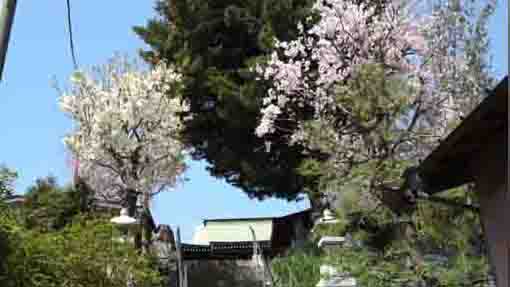
Myoken Jinja Shrine in Terauchi
This shrine is the guardian deity of this town and Kafu Nagai, a famous writer, had visited.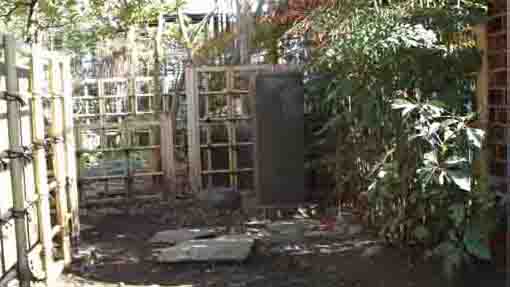
Kazura no I well in Katsushika
A well became famous as Kafu Nagai introduced in his essay.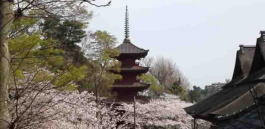
Nakayama Hokekyoji Temple
Visitors could enjoy seeing cherry blossoms and cultural properties.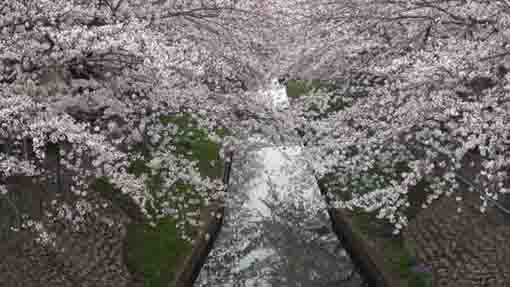
Cherry trees along Mamagawa River
The Mama-gawa River is the very famous spot to enjoy seeing the blooming Cherry Blossoms.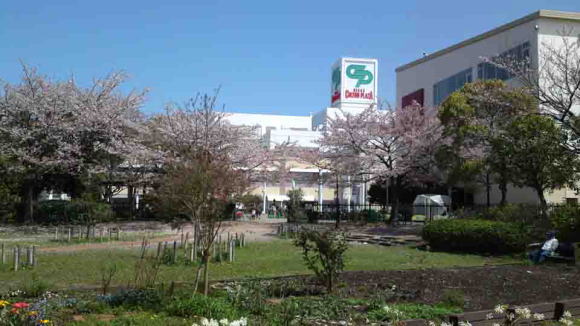
The Area Around Nikke Colton Plaza
Nikke Colton Plaza and some landmarks around are attractive and exciting to walk on.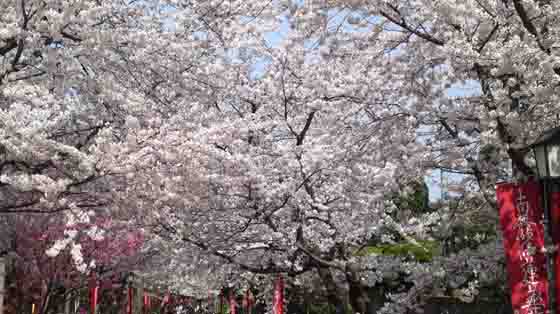
The Popular Viewing Sakura Spot / Nakayama Hokekyoji Temple
It is very popular viewing sakura spot and thousands of people visit and enjoy seeing sakura.- 広告 Advertisement -
